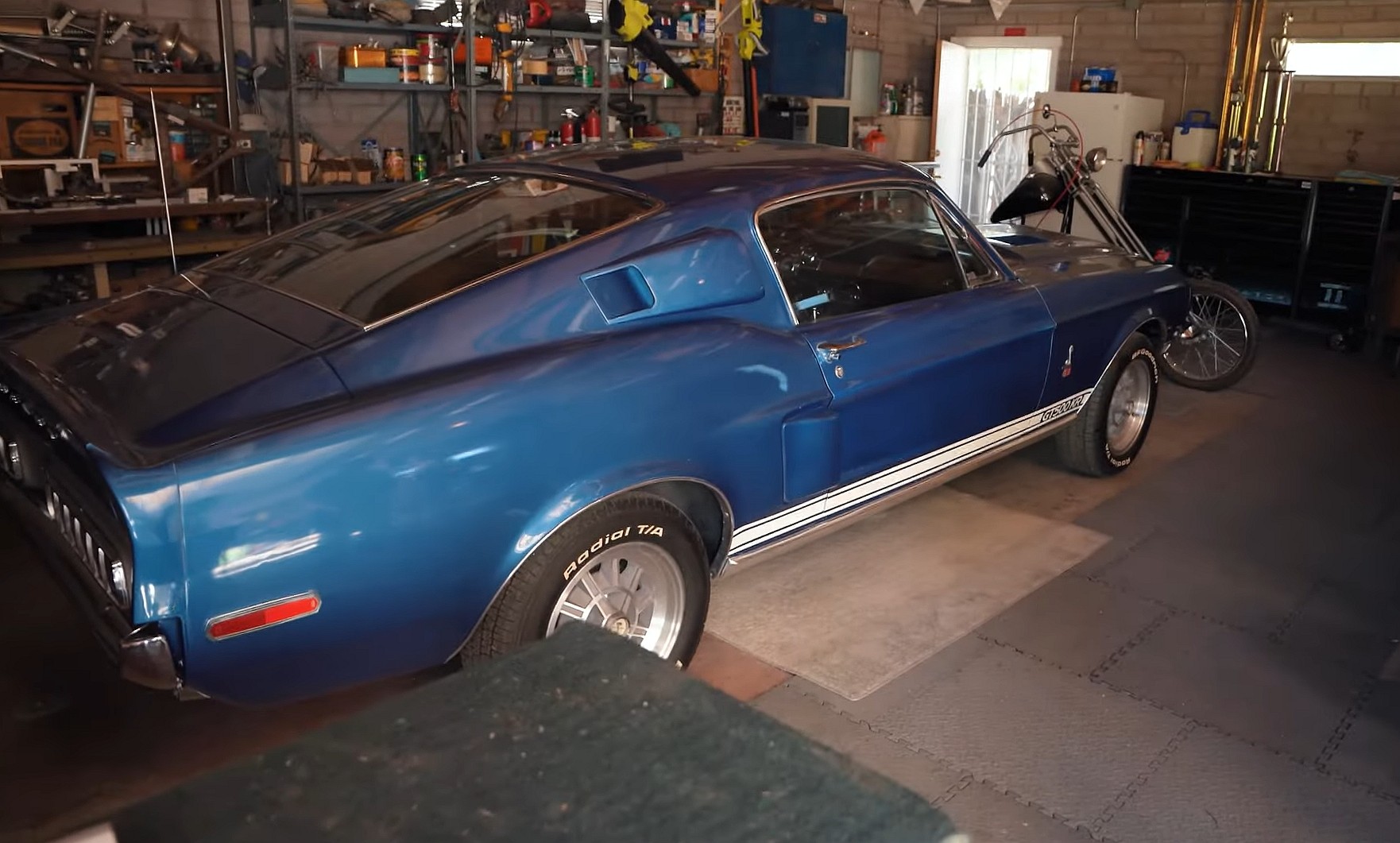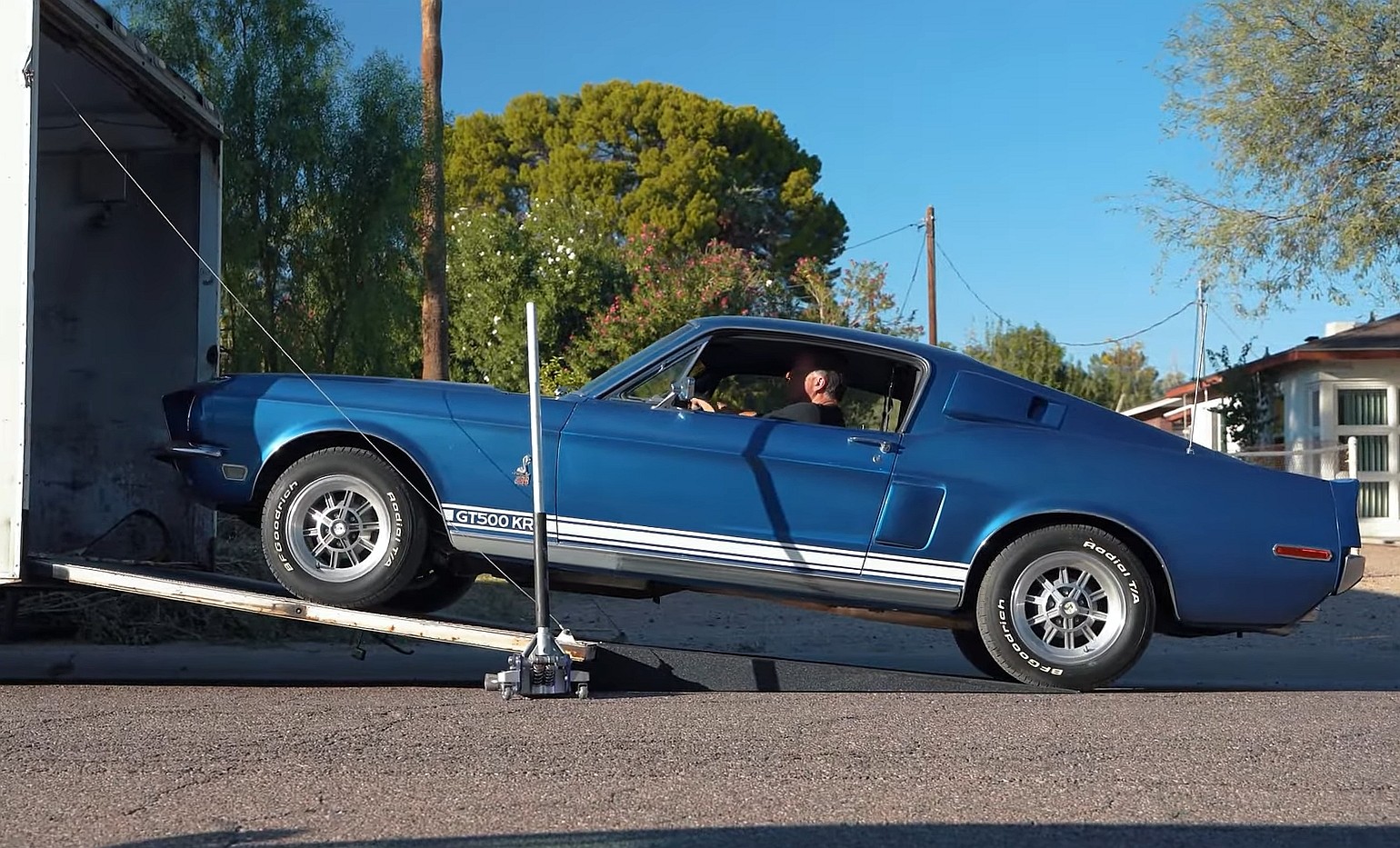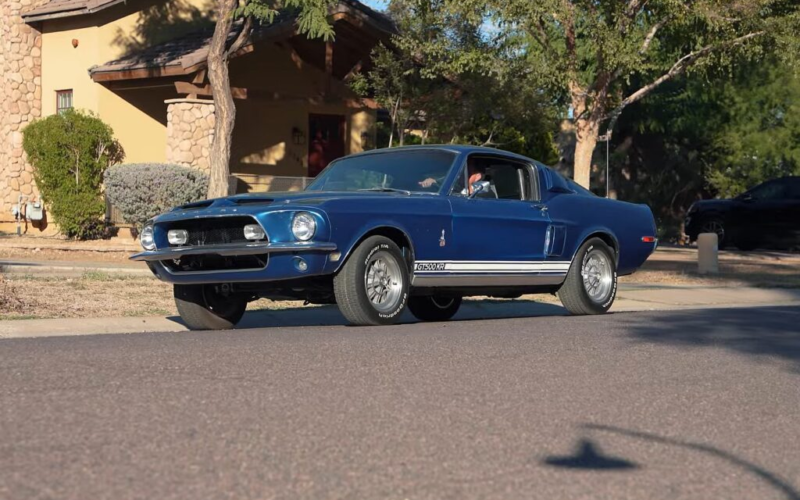1968 Shelby Mustang Gt500Kr Found In Arizona Is A Rare Garage Queen

Introduced in 1964 as a pony car based on the Falcon, the Ford Mustang needed only a few years to develop into a full-blown muscle car. In 1968, Ford was already offering the mighty 428-cubic-inch (7.0-liter) Cobra Jet V8, while Shelby had a couple of beefed-up versions in showrooms.Carroll rolled out two different takes on the Mustang. There was the GT350, a lightweight track-prepped model, and the GT500, a more streetable muscle car with a big-block V8 under the hood. But he didn’t stop there.
The GT500 arrived in 1967, a year before Ford introduced the Cobra Jet. Once the latter became available in 1968, Shelby dropped it into the GT500 to create an even more exciting muscle car: the King of the Road.

Come 2022, the GT500KR is one of the most desirable first-generation Mustangs out there. Not only rated at 335 horsepower (340 ps) and 440 pound-feet (597 Nm) of torque, it also packs quite a few distinctive features. But more importantly, it’s the rarest Shelby from the 1968 model year, with around 1,500 units built.
The car you see here is part of that run and was recently discovered by classic car prospector Dennis Collins in Scottsdale, Arizona. It’s one of many Shelby Mustangs he purchased in recent years, but unlike his previous finds, this one wasn’t kept in a barn for decades.
Purchased by the previous owner in 1993, it’s been restored in 1995 and spent almost three decades as a garage queen. As in it was driven for only 15 miles (24 km) in 27 years. It’s as original as they get beyond the gorgeous Acapulco Blue respray, and it still runs. It’s only a few tweaks away from being a museum-grade classic and an opportunity a guy like Dennis couldn’t miss.

Oh, and it’s also one of only 1,053 GT500 fastbacks built with KR specifications and probably one of fewer than 50 finished in Acapulco Blue. And you can see it roll out of the garage under its own power in the video below.
Collins also purchased a Ford 427 V8 engine from the same guy. Mounted on a stand as a working display piece, you can see it running (and sounding magnificent) at the 25-minute mark.
